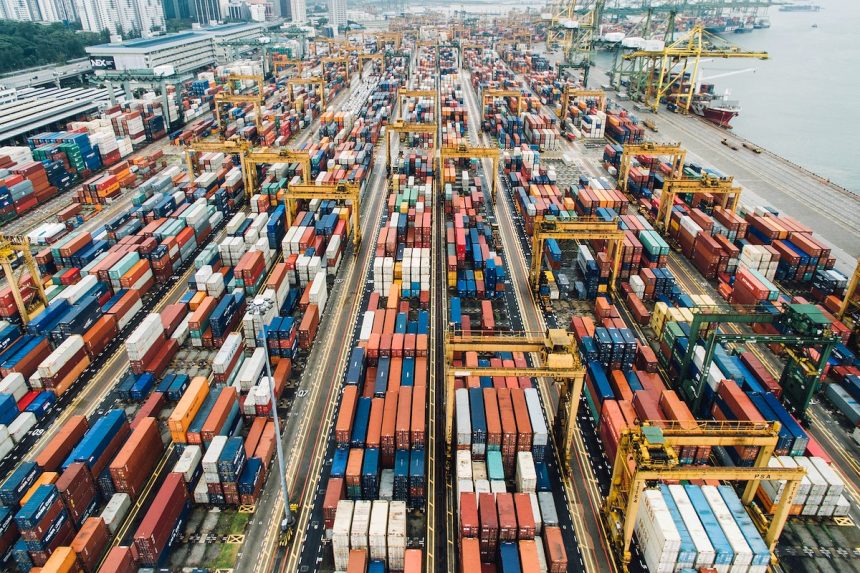Chinese e-commerce exports to the United States have experienced a dramatic 65% decline in the first quarter of 2025, following the implementation of stringent tariffs by the Trump administration. This significant downturn has compelled major online retailers, including Temu and Shein, to reevaluate their business strategies in response to escalating trade tensions.
U.S. Tariffs Reshape Cross-Border Trade
Effective May 2, 2025, the U.S. government terminated the longstanding “de minimis” exemption, which previously allowed imports under $800 to enter the country duty-free. Under the new regulations, Chinese imports face tariffs of up to 145%, or a flat fee of $100 per package, doubling to $200 in June. This policy shift has significantly increased costs for both retailers and consumers, with items like an $18.47 dress on Temu now costing $44.68 after import charges.
The removal of the de minimis exemption, which had facilitated over 1.36 billion low-value shipments in 2024, has disrupted the business models of companies that relied on this loophole to offer low-cost goods directly to U.S. consumers.
Strategic Shifts by Chinese Retailers
In response to the new tariffs, Temu, owned by PDD Holdings, has ceased direct shipments from China to U.S. customers. The company now fulfills U.S. orders through domestic sellers, aligning its logistics more closely with models used by competitors like Amazon.
Similarly, Shein is exploring options to relocate portions of its production to countries not subject to the new tariffs, aiming to mitigate the impact on its operations and maintain its competitive pricing.
Economic and Political Implications
The sharp decline in Chinese e-commerce exports to the U.S. underscores the broader economic ramifications of the escalating trade war. While the U.S. aims to bolster domestic manufacturing and reduce reliance on Chinese imports, consumers may face higher prices and limited product availability.
In contrast, Chinese e-commerce exports to Europe have increased by 28% during the same period, indicating a strategic pivot by Chinese retailers toward markets with fewer trade barriers.
As trade tensions continue, the long-term effects on global supply chains and consumer markets remain uncertain. Both nations may need to engage in renewed negotiations to address the challenges posed by these significant shifts in international trade dynamics.











